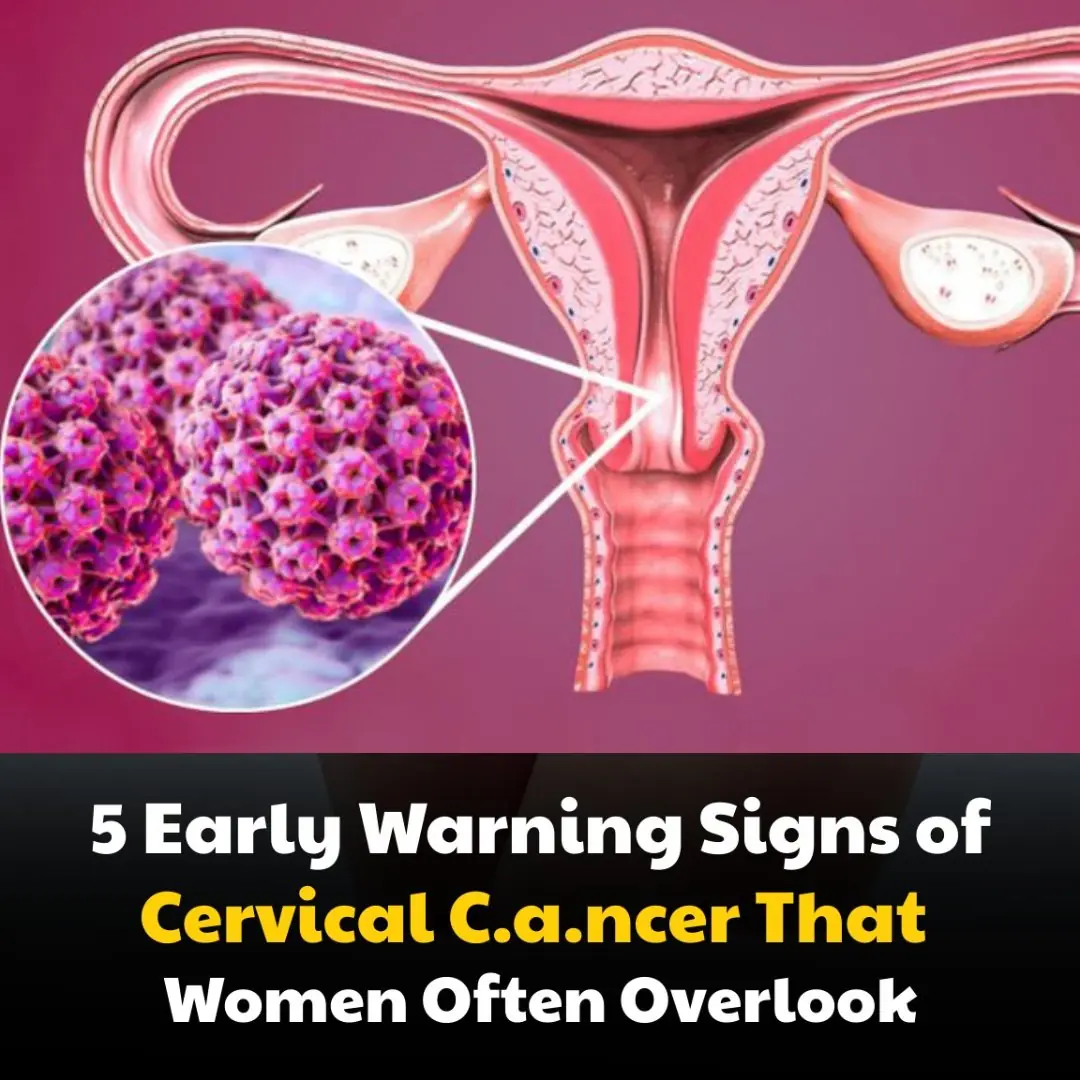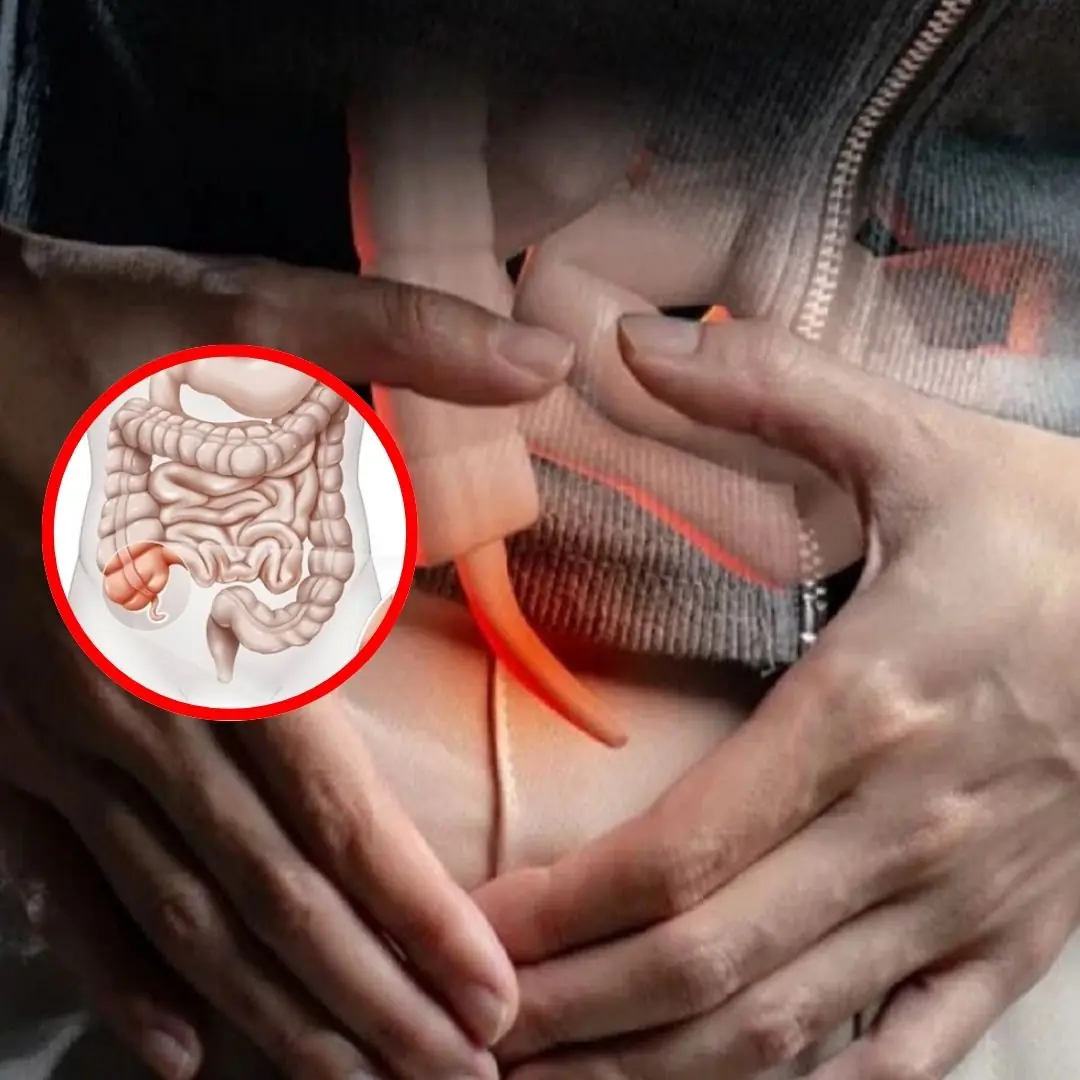5 early warning signs of cervical can.cer

Cervical cancer is one of the most preventable and treatable types of can.cer if detected early. Despite this, it remains a leading cause of cancer-related deaths among women worldwide. Early detection is key, as cervical can.cer often develops without noticeable symptoms in its initial stages. Understanding the early warning signs and knowing how to protect yourself can save lives. This article explores the five early warning signs of cervical can.cer and offers guidance on prevention strategies.
What Is Cervical Can.cer?
Cervical cancer occurs when abnormal cells on the lining of the cervix grow uncontrollably. The cervix is the lower part of the uterus that connects to the vagina. The most common cause of cervical cancer is infection with human papillomavirus (HPV), particularly high-risk strains such as HPV-16 and HPV-18. Persistent infection with HPV can lead to cellular changes in the cervix, which may develop into cancer if not monitored or treated.
Risk factors for cervical cancer include:
-
Persistent HPV infection
-
Smoking
-
Weakened immune system
-
Multiple sexual partners
-
Long-term use of oral contraceptives
5 Early Warning Signs of Cervical Can.cer
1. Unusual Vaginal Bleeding
What to Look For:
-
Bleeding between menstrual periods
-
Bleeding after sexual intercourse
-
Bleeding after menopause
Why It’s Concerning:
Abnormal vaginal bleeding is often the first noticeable sign of cervical can.cer. Tumors on the cervix can cause small blood vessels to rupture, leading to irregular bleeding.
Prevention Tip:
-
Schedule regular gynecological check-ups and Pap smears to detect abnormal cervical cells before they develop into cancer.
2. Unusual Vaginal Discharge
What to Look For:
-
Watery, thick, or foul-smelling discharge
-
Discharge that is tinged with blood
Why It’s Concerning:
Changes in vaginal discharge may indicate cervical abnormalities. A foul odor or presence of blood in discharge could signal early cervical cancer or precancerous changes.
Prevention Tip:
-
Maintain good hygiene and monitor any changes in discharge. Report unusual changes to a healthcare provider promptly.
3. Pelvic or Lower Abdominal Pain
What to Look For:
-
Persistent pain in the pelvic region
-
Pain during se.xual intercourse (dyspareunia)
Why It’s Concerning:
As cervical can.cer develops, it can invade surrounding tissues and nerves, causing pain in the pelvis or lower abdomen. Pain during intercourse is also a common symptom of cervical abnormalities.
Prevention Tip:
-
Early detection via Pap tests and HPV testing can identify abnormal cervical cells before they cause pain.
4. Pain During Urination or Changes in Bladder/Bowel Habits
What to Look For:
-
Painful urination or frequent urges
-
Blood in urine
-
Constipation or changes in bowel movements
Why It’s Concerning:
Cervical tumors may press on nearby organs, affecting the bladder or bowel. This can lead to urinary discomfort or bowel irregularities, which should never be ignored.
Prevention Tip:
-
Maintain regular gynecological visits, and if you experience these symptoms, seek immediate medical advice. Early intervention can prevent the tumor from affecting other organs.
5. Unexplained Weight Loss or Fatigue
What to Look For:
-
Losing weight without trying
-
Persistent tiredness or weakness
Why It’s Concerning:
Advanced cervical can.cer can affect the body’s overall metabolism and immune function, leading to fatigue and unexplained weight loss. While these symptoms are non-specific, in combination with other signs, they should raise concern.
Prevention Tip:
-
Routine screenings like Pap smears every 3 years (or co-testing with HPV every 5 years for women aged 30–65) can detect cervical changes before systemic symptoms develop.
How to Prevent Cervical Can.cer
While cervical cancer can be serious, it is highly preventable with proactive measures:
1. Get Vaccinated Against HPV
-
The HPV vaccine protects against high-risk HPV strains responsible for most cervical cancers.
-
Vaccination is most effective when administered before sexual activity begins, typically recommended for girls and boys aged 9–14.
2. Regular Pap Smears and HPV Testing
-
Pap smears detect precancerous changes in cervical cells before they turn into cancer.
-
Women aged 21–29 should have a Pap test every 3 years.
-
Women aged 30–65 should have a Pap smear plus HPV testing every 5 years.
3. Practice Safe S.ex
-
Use condoms to reduce the risk of HPV transmission.
-
Limit the number of s.exual partners.
4. Avoid Smoking
-
Smoking is linked to increased risk of cervical cancer because it weakens the immune system and damages DNA in cervical cells.
5. Maintain a Healthy Lifestyle
-
Eat a diet rich in fruits and vegetables to support immune function.
-
Exercise regularly to maintain a healthy weight and overall health.
6. Monitor Your Symptoms
-
Stay aware of changes in vaginal bleeding, discharge, pain, or fatigue.
-
Report any unusual symptoms to a gynecologist immediately. Early intervention saves lives.
Conclusion
Cervical cancer is highly preventable and treatable if detected early. Being aware of the early warning signs, such as unusual bleeding, discharge, pelvic pain, urinary changes, and fatigue, can empower women to seek timely medical care.
Coupled with HPV vaccination, regular Pap smears, safe sexual practices, and a healthy lifestyle, these preventive measures dramatically reduce the risk of cervical cancer.
Remember: Early detection is your best defense. Regular check-ups, attention to bodily changes, and proactive healthcare choices can protect your health and well-being.
Every woman should know the early signs of cervical cancer and take preventive steps. Timely screenings and HPV vaccination are the most effective ways to safeguard your health.
News in the same category

People with Blo.od Clots Often Experience 4 Unusual Symptoms While Walking

If You Love Napping During the Day, This Is for You!

4 air conditioner installation locations do more harm than good

Soong Mei-ling Lived Past 100 Despite Can.cer: Her Two Favorite Drinks Are Still Popular Today

5 foods you should never keep overnight

5 types of vegetables that help detoxify and lower liver enzymes

4 everyday fruits doctors warn could fuel can.cer growth

Secret to longevity: 3 eating habits that helped an old woman live to 118 years old

How your feet can reveal early signs of dia.betes

Great effects of drinking coconut water on an empty stomach for 7 days, the results will surprise you

Orange juice is nutritious but there are 5 groups of people who should not drink it

A Man Di.ed of Colon Can.cer Despite Going to Bed Early, Waking Up Early, and Walking Daily

Painful Red Bumps on Skin? It Might Be Dyshidrotic Eczema

Young Woman Dies at 27 from Late-Stage Thyroid Cancer

Are You at Risk? Doctor Reveals Who’s Twice as Likely to Have a Heart Attack While Sleeping

4 warning signs from the appendix, do not ignore!

You Should Never Ignore These 9 Things Your Fingernails Reveal About Your Health

People with Kid.ney Problems Often Experience 3 Strange Symptoms During Sleep

Surprisingly, These 6 Fruits Act Like “Med.icine”
News Post

People with Blo.od Clots Often Experience 4 Unusual Symptoms While Walking

If You Love Napping During the Day, This Is for You!

Tips to Keep Rice Fresh and Free from Weevils

4 air conditioner installation locations do more harm than good

Soong Mei-ling Lived Past 100 Despite Can.cer: Her Two Favorite Drinks Are Still Popular Today

5 foods you should never keep overnight

5 types of vegetables that help detoxify and lower liver enzymes

Most of you can't find the frog hiding in the picture, what about you?

My Husband Demanded I Dance for Him Like His Brother's Wife – the Lesson He Got Left Him Pale

4 everyday fruits doctors warn could fuel can.cer growth

I Got a Free First-Class Seat – My Entitled Brother Thought He Deserved It Just for Existing & My Family Took His Side

Secret to longevity: 3 eating habits that helped an old woman live to 118 years old

How your feet can reveal early signs of dia.betes

Why are rocks spread along railway tracks?

Great effects of drinking coconut water on an empty stomach for 7 days, the results will surprise you

Put a plastic bottle in the toilet tank: A simple thing with great benefits, it's a waste if you don't know

Orange juice is nutritious but there are 5 groups of people who should not drink it

The Best Part of Pork
